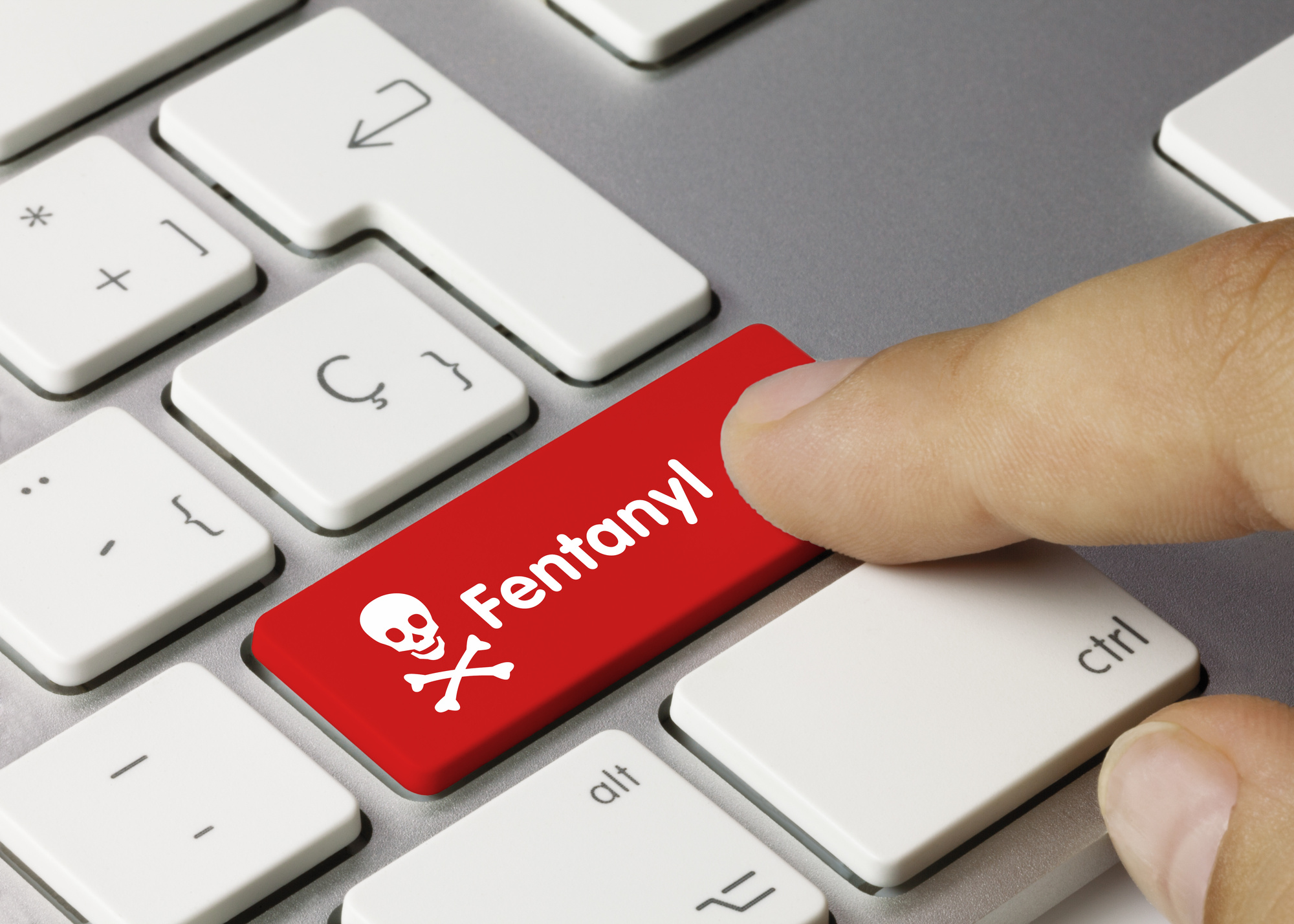In a single year, the United States witnesses a staggering 106,000 drug overdose deaths, with fentanyl contributing to nearly 50% of those fatalities.
The unnerving question on many people’s minds is, “Why is fentanyl so dangerous?”. This synthetic opioid, up to 100 times more potent than morphine, has infiltrated our society.
In this blog post, we delve into the sinister reasons behind fentanyl’s lethal potential. We also explore how this powerful drug has stealthily claimed countless lives. Keep reading to find out more.
What Is Fentanyl?
Fentanyl is a powerful synthetic opioid. People primarily use it as a pain reliever for treating severe pain. This is especially the case during surgery or for those who suffer from chronic pain.
It is similar to morphine but is 50 to 100 times more potent. The drug does have legitimate medical uses. But it has become a dangerous substance for people who misuse or abuse it.
One of the main reasons people use fentanyl is to relieve pain. It is also used recreationally. This is because it can produce intense feelings of euphoria and relaxation.
However, using fentanyl for non-medical purposes is extremely risky due to its high potency. An increasing number of individuals are seeking holistic addiction treatment to overcome their dependence on this dangerous drug.
How Does It Work?
Fentanyl affects the brain by attaching to opioid receptors. These receptors are involved in controlling pain and emotions. When the drug binds to these receptors, it can cause a flood of dopamine in the brain.
This creates feelings of pleasure and reward. This can result in the user wanting to repeat the experience. People can quickly become addicted to the substance.
Signs of Oxycontin addiction, another type of opioid, can be similar to those of fentanyl addiction. These may include drowsiness, constricted pupils, slurred speech, and a lack of interest in daily activities.
It is essential to recognize these signs early and seek help for the affected individual.
To detox from fentanyl, a person may undergo a fentanyl detox process that involves gradually reducing the dosage of the drug. It is important to do this under medical supervision.
This helps to minimize withdrawal symptoms and reduces the risk of relapse. Fentanyl withdrawal symptoms can be severe and may include anxiety, insomnia, muscle aches, sweating, and diarrhea.
Medical professionals can provide support and medication to help manage these symptoms and ensure a safe and successful detoxification process.
The Dangers of Fentanyl
There are many reasons why fentanyl is dangerous. But it is important to understand that the substance has benefits for people who use it for the purpose of treating certain medical traditions.
Here are the top fentanyl dangers that you should know about.
Potency
A tiny amount can have a significant effect. This potency also means that the line between a dose that produces the desired effect and a dose that could be fatal is extremely thin.
It is easy to overdose on fentanyl. This is especially the case when individuals are not aware of the drug’s strength or if it has been mixed with other substances.
Risk of Overdose
When people use illegal drugs, they may not know they are taking fentanyl. This puts them at a higher risk of overdose.
The presence of fentanyl in other drugs is particularly concerning. It can be lethal even in small amounts, and users may not have any idea that they are ingesting it.
Difficult to Recognize Symptoms of Addiction
The early signs of fentanyl addiction can be difficult to recognize.
Some of these early signs may include drowsiness, difficulty breathing, confusion, and constricted pupils. If someone you know is exhibiting these signs, it is crucial to seek help immediately.
Severe Withdrawal Symptoms
Fentanyl withdrawal can be particularly unpleasant. Withdrawal symptoms can include anxiety, insomnia, muscle aches, sweating, and diarrhea.
These symptoms can be severe enough to discourage people from seeking help for their addiction. This can lead to continued drug use and an increased risk of overdose.
When it comes to how to detox from fentanyl, it is essential to do so under the guidance of medical professionals. Abruptly stopping fentanyl use can lead to severe withdrawal symptoms that can be dangerous.
Medical detox programs can help individuals gradually taper off fentanyl use while monitoring and addressing any withdrawal symptoms that may arise.
Long-Term Mental Health Consequences
Another danger of fentanyl addiction is that it can have long-term consequences on a person’s physical and mental health. Prolonged use of the drug can lead to mental health issues and cognitive impairments.
These long-term effects can make it even more challenging for people to recover from addiction and rebuild their lives.
Social Stigma
The stigma surrounding drug addiction can also contribute to the danger of fentanyl. People may be hesitant to seek help or admit they have a problem due to fear of judgment or rejection.
This reluctance can prevent individuals from accessing the resources they need to overcome addiction and can exacerbate the risks associated with fentanyl use.
Risk of Relapse
The intense cravings and withdrawal symptoms associated with fentanyl use can make it incredibly difficult for individuals to maintain sobriety.
Comprehensive treatment, including drug rehab and ongoing support, is essential. These services can help individuals maintain their recovery and reduce the risk of relapse and overdose.
Why Is Fentanyl So Dangerous?
It is important to understand why fentanyl is so dangerous.
Not only is it an extremely powerful opioid. It is also difficult to recognize the symptoms of addiction. Those who stop using the drug might also experience very intense withdrawal symptoms.
This is why it is essential to get support by attending a luxury drug rehab program.
If you are ready to overcome your addiction, the Altitude Recovery Community can help you to find a path towards long-term recovery. Don’t hesitate to visit our How We Help page to get started today, or contact us for a free insurance verification!



